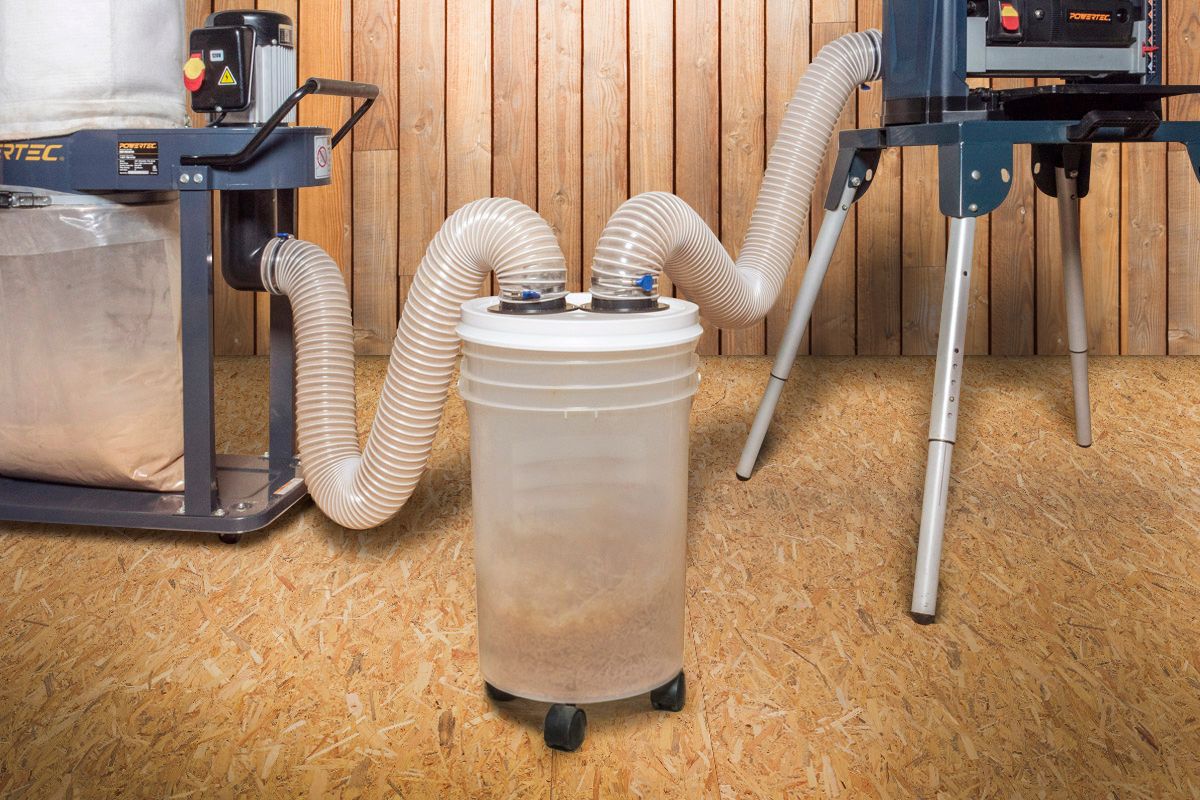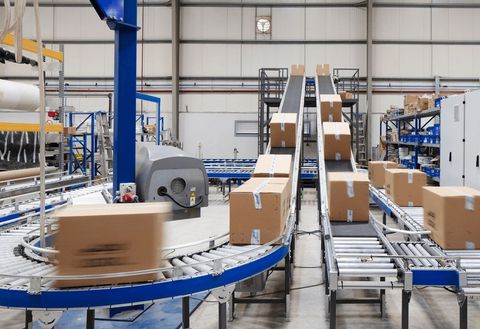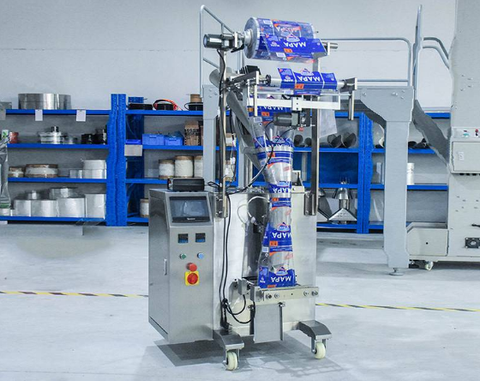Industrial Dust Collector Guide: Explore Basics, Insights, and Key Information
An industrial dust collector is an essential piece of equipment designed to improve air quality by capturing, filtering, and removing dust and other impurities from air and gas streams. These systems exist to address one of the most persistent challenges in industrial operations: airborne dust particles generated during manufacturing, processing, and material handling.
Dust collectors are found in industries such as woodworking, cement, pharmaceuticals, food processing, textiles, and metalworking. Without proper air filtration, workplaces can face hazards ranging from respiratory illnesses to fire risks. Historically, factories relied on basic ventilation, but with stricter safety and environmental standards, advanced dust collection systems have become necessary for compliance and efficiency.
Importance
Industrial dust collectors matter because they address issues that affect both people and operations.
-
Worker health and safety: Prolonged exposure to dust can lead to lung diseases, allergies, and long-term respiratory conditions.
-
Regulatory compliance: Governments impose strict workplace safety and air quality standards. Non-compliance can lead to penalties and shutdowns.
-
Product quality: Dust accumulation on products and machinery can cause defects, reduce accuracy, and increase maintenance needs.
-
Fire and explosion prevention: Certain dust types, such as in woodworking and metal grinding, are combustible and require controlled handling.
-
Environmental impact: Dust collectors reduce emissions and help companies align with sustainability goals.
Who it affects:
-
Factory workers and engineers – who need safe air to work in.
-
Businesses and manufacturers – who must comply with standards.
-
Communities near factories – who benefit from reduced air pollution.
Recent Updates
Over the past year, several updates have shaped the dust collector industry:
-
Smart monitoring (2024–2025): New dust collectors are equipped with sensors and IoT connectivity, allowing predictive maintenance and real-time air quality tracking.
-
Sustainability initiatives (2024): Many industries shifted toward energy-efficient dust collection systems with lower emissions.
-
Global demand growth (2025): The industrial dust collector market expanded significantly, driven by stricter environmental policies in Asia-Pacific and North America.
-
Advanced filter media (2024): Innovations in filter technology now allow longer lifespans and reduced downtime.
-
Automation integration (2025): Dust collectors are increasingly integrated into factory automation systems, enhancing efficiency and reducing manual intervention.
Laws or Policies
Industrial dust collectors are directly influenced by laws and safety regulations worldwide. Some key regulations include:
-
OSHA Standards (United States): The Occupational Safety and Health Administration enforces workplace air quality rules, requiring dust control systems in industries such as construction and manufacturing.
-
EPA Regulations (United States): The Environmental Protection Agency enforces emission limits to control particulate matter and ensure cleaner air.
-
European Union Directives: The ATEX Directive governs the use of equipment in explosive dust environments, while other EU standards regulate workplace exposure limits.
-
India’s Air Pollution Control Rules: Industrial operators must install dust filtration systems to comply with the Air (Prevention and Control of Pollution) Act.
-
ISO Standards: ISO 14001 focuses on environmental management systems, and ISO 45001 relates to occupational health and safety, both requiring dust and emission management.
These laws mean dust collectors are not just optional equipment but legally required for industries operating under regulated conditions.
Tools and Resources
A variety of tools and resources are available to help organizations manage dust collection effectively.
-
Software Tools:
-
Air quality monitoring software for workplace compliance.
-
Maintenance management systems for filter replacement scheduling.
-
-
Online Calculators:
-
Dust collector sizing calculators that help determine airflow requirements.
-
Energy efficiency calculators to compare operating costs of systems.
-
-
Websites & Databases:
-
OSHA and EPA websites for compliance guidelines.
-
Industry associations offering dust control best practices.
-
-
Templates & Checklists:
-
Workplace air quality inspection checklists.
-
Preventive maintenance schedules for dust collectors.
-
Comparison Table: Types of Industrial Dust Collectors
| Type of Collector | Best Suited For | Key Advantages |
|---|---|---|
| Baghouse Collectors | Woodworking, cement, textiles | High efficiency, cost-effective |
| Cartridge Collectors | Pharmaceuticals, food, chemicals | Compact design, easy filter change |
| Cyclone Collectors | Metalworking, coarse dust | Durable, low maintenance |
| Wet Scrubbers | Hazardous or sticky dust | Controls gas pollutants too |
| Electrostatic Precipitators | Power plants, large factories | Captures very fine particles |
FAQs
What is the main purpose of an industrial dust collector?
Its primary purpose is to capture, filter, and remove airborne dust particles from industrial environments to protect worker health, ensure product quality, and comply with environmental laws.
How do industrial dust collectors work?
They operate by drawing in contaminated air, filtering it through specialized media (such as bag filters or cartridges), and then releasing clean air back into the environment or venting it outside.
Which industries use dust collectors the most?
Industries such as woodworking, cement, pharmaceuticals, mining, food processing, textiles, and metal fabrication rely heavily on dust collectors.
Are industrial dust collectors mandatory?
Yes, in most regulated industries dust collection systems are required by law under safety and environmental policies to protect workers and communities.
What are the latest innovations in dust collection?
Recent innovations include IoT-enabled smart monitoring, advanced filter media, energy-efficient motors, and integration with factory automation systems.
Conclusion
Industrial dust collectors are a vital part of modern industrial infrastructure, ensuring clean air, worker safety, regulatory compliance, and environmental protection. With the rise of stricter global policies, technological advancements, and sustainability initiatives, dust collection systems are more important than ever.
From baghouse and cartridge collectors to advanced wet scrubbers and electrostatic precipitators, businesses now have access to diverse solutions suited to different industrial needs. By leveraging monitoring tools, compliance resources, and updated technologies, organizations can build safer, more efficient, and environmentally responsible workplaces.
Ultimately, industrial dust collectors represent more than just equipment they are central to health, safety, and sustainability in the modern industrial worl






